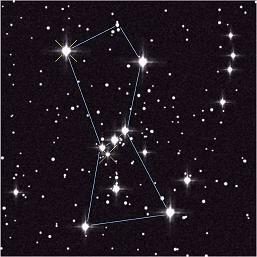 Art in its various manifestations expresses ideas and feelings. Artists are part of some kind of creative trend or trend. Hyperrealism is the artistic trend that reproduces something as if it were a true reflection of reality. This form of expression is typical of painting and sculpture and, to a lesser extent, of literature.
Art in its various manifestations expresses ideas and feelings. Artists are part of some kind of creative trend or trend. Hyperrealism is the artistic trend that reproduces something as if it were a true reflection of reality. This form of expression is typical of painting and sculpture and, to a lesser extent, of literature.
A "photographic" style
In the 1960s, abstract and conceptual trends in painting began to lose prominence with the emergence of the hyper-realistic style of painters such as Chuck Close, Antonio López, Don-Eddy and Richard Estes.
In sculpture, hyper-realistic creators such as Ron Mueck stand out. Most of the artists of this trend work from photographs and in their works they faithfully reproduce objects and images of everyday life, such as streets, cafes, cars or portraits of the human body.
Therefore, it is not an interpretation of the observed reality but an absolutely faithful reproduction. This artistic trend seeks perfection in the definition of an image.
Some critics consider that this creative approach is in some way useless, since the photographs already express reality as it is and, consequently, a hyper-realistic painting is an unnecessary proposal
From the point of view of art history, the hyperrealist style dates back to the origins of painting and sculptor, since in both disciplines an attempt was made to leave a testimony of the world as it manifests itself in our eyes.
The creators who make up this movement do not pretend to reproduce images as if they were simple photos, but rather to express the soul of what they observe. It could be said that the purpose of this current is to go beyond the simple reproduction of reality. In the world of art, three related concepts are handled: realism, hyperrealism and photorealism.
When the artist delves into that which is below reality, his vision is surreal.
Hyperreality
Hyperrealism is an artistic trend and hyperreality is a way of communicating or expressing something from a perspective that goes beyond reality itself.
Some examples of hyperreality would be personal relationships through the internet, games in which fiction and reality are not distinguished, or adult films.
In all these cases there is a deformation or exaggeration of the real. In other words, it is all that manifestation in which a simulation of what already exists is produced.
If we take the world of pornography as a reference, the images that are presented do not correspond to real sex but constitute an artificial recreation of authentic sexuality.
Photo: Fotolia - Nomad_Soul









